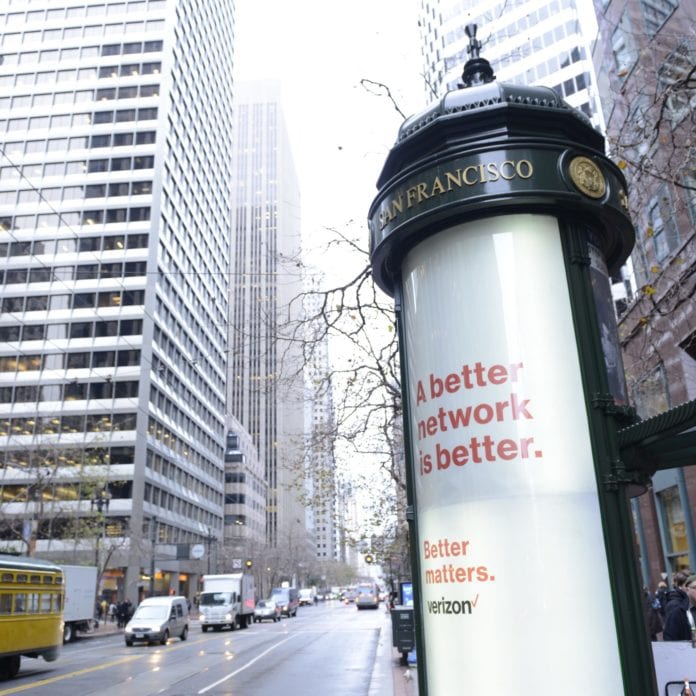The Small Cell Forum and 5G Americas look to accelerate small cell deployments.
Small cells are seen as a key enabler of high-speed mobile broadband, particularly in crowded, urban areas where the macro network can’t keep up with demand. Similarly, small cells can provide the level of network density needed to support as-yet unstandardized “5G” services. However, despite the clear benefits, small cell deployment has long lagged behind projections.
In a pair of new papers, the Small Cell Forum and 5G Americas, both industry advocacy and support groups, teamed up to address some of the issues small cell stakeholders will have to address and overcome. The first paper, titled “Small cell siting: regulatory and deployment considerations,” presents methods for quicker deployment based on closer collaboration, effectively helping realize the full benefits of small cells sooner.
“To achieve this potential,” the authors contend, “significant new approaches are needed in the regulatory and administrative process which govern mobile deployments. Getting huge numbers of small cells into the right sites timely and affordably is essential, but to date, such programs have often been held back by cumbersome and outmoded processes at several levels,” including approvals and certification for equipment, approval for site use and deployment, rules governing infrastructure and spectrum sharing, and public health and safety regulations.
Siting has long been a challenge for carriers deploying small cells. For one, to make the economics work, carriers need a scalable process that delineates a one-size-fits-all solution regardless of the deployment. But, given the nature of small cells, that’s seen as inherently impossible – you can’t define a process when one unit goes on a rooftop, another on a street light and another on the interior of a train station. Another difficulty is the need for a single set of rules governing the deployment process. But, in addition to each city and municipality having its own set of procedures, many officials treat a small cell deployment just like a tower build, which adds time, cost and complication to the job.
The paper authors suggest “common rules on which equipment classes can be exempt or subject to fast track approval; [and] batch process for groups of cells, to decrease the approval time and reduce workload of local administrations.”
To further ease the contacts between city administrators and those looking to deploy a small cell, the two industry groups suggest:
- “Simplified common frameworks to ease the opening up [of] access to street furniture and other existing assets,” as well as a “census of available assets per municipality,” including administrative buildings.
- “Eliminate zoning approval for small cell installation. Adopt simplified rules of installation that would enable nonskilled workers to deploy,” and “reduce fees and taxes (e.g. application and right of way rental fees, installation, operation, periodical revision taxes.”
- Regulatory complexity could be reduced with a “single executive to coordinate all approvals (e.g., in a smart city program).”

